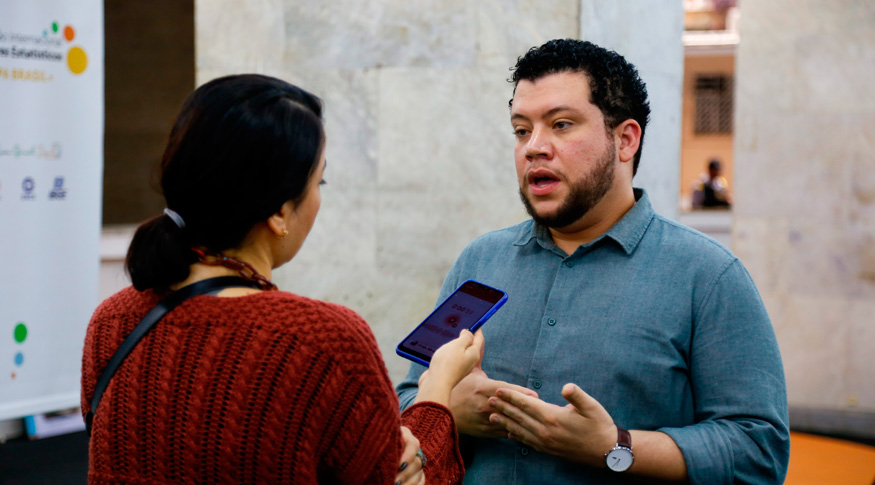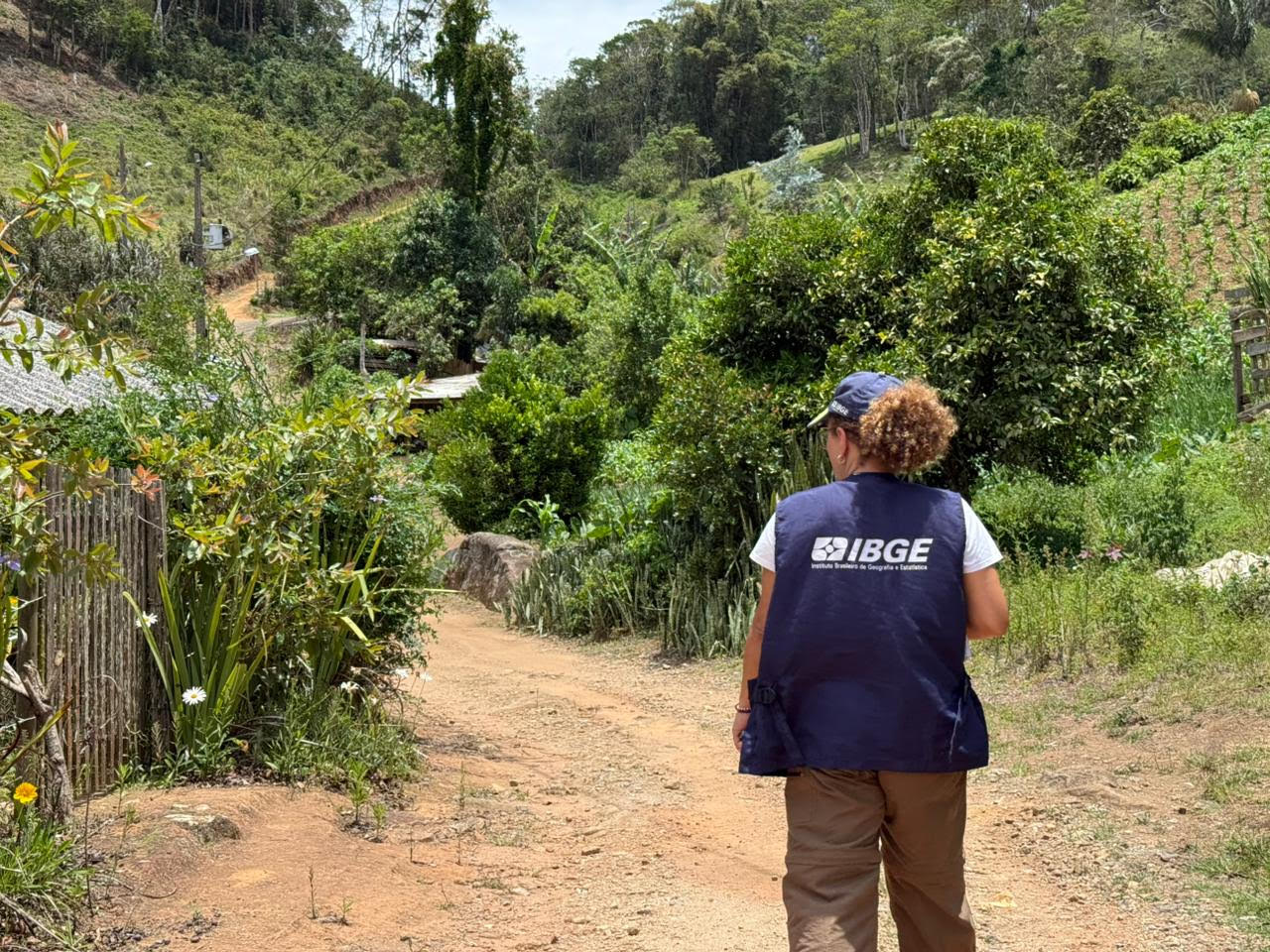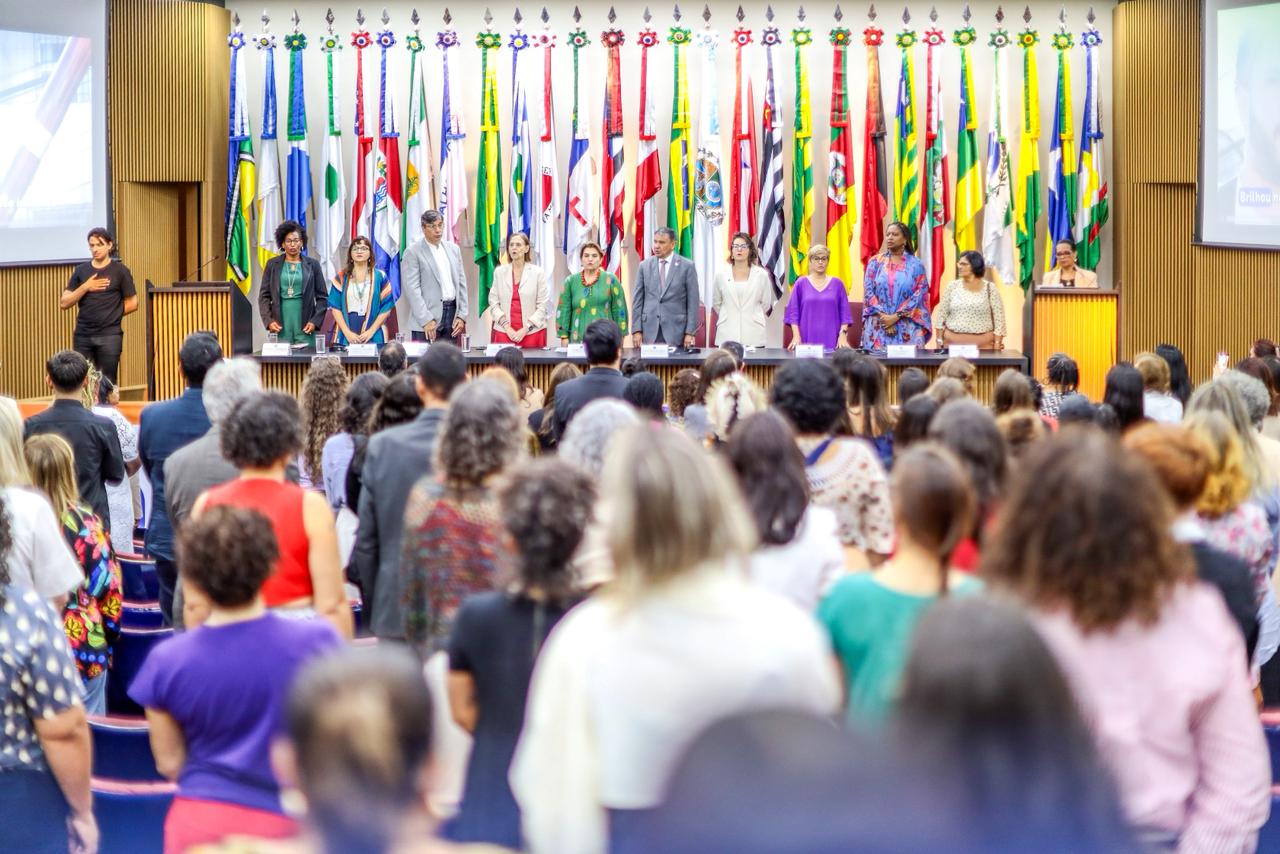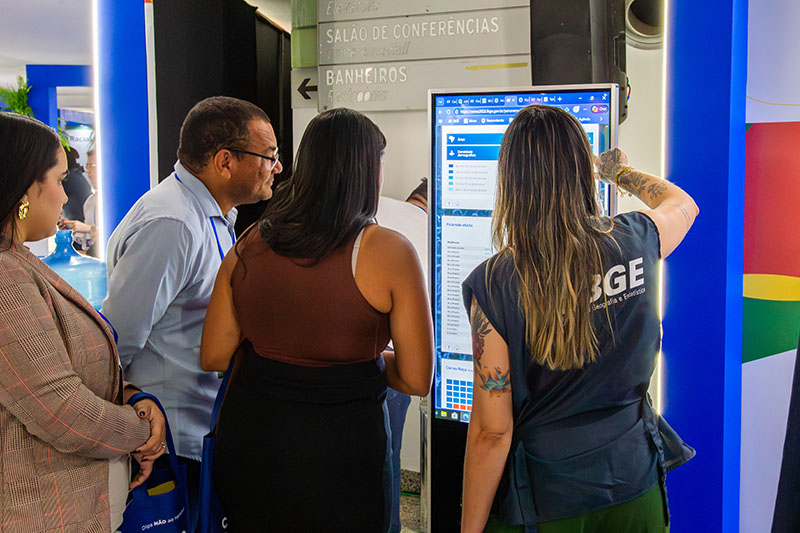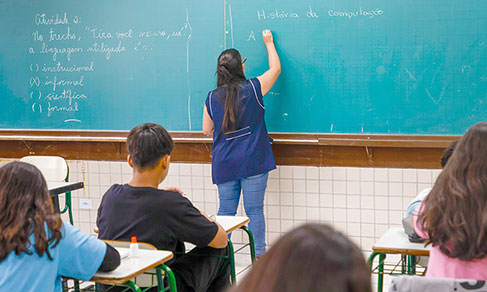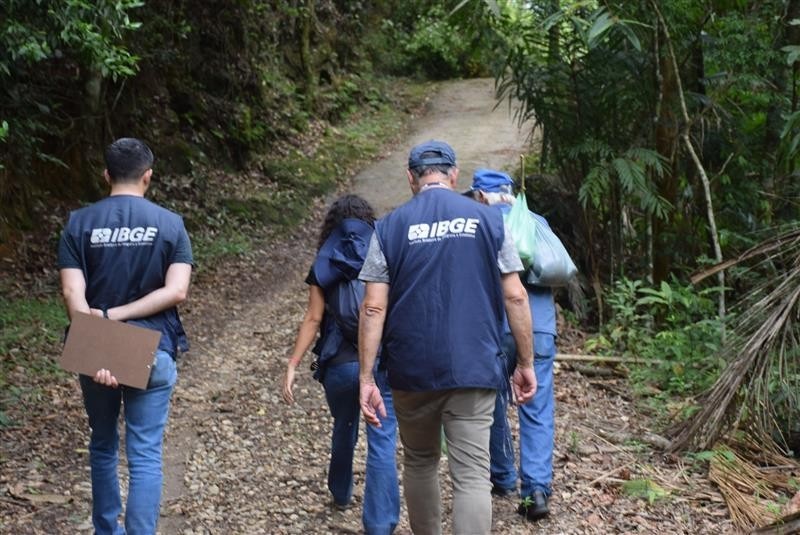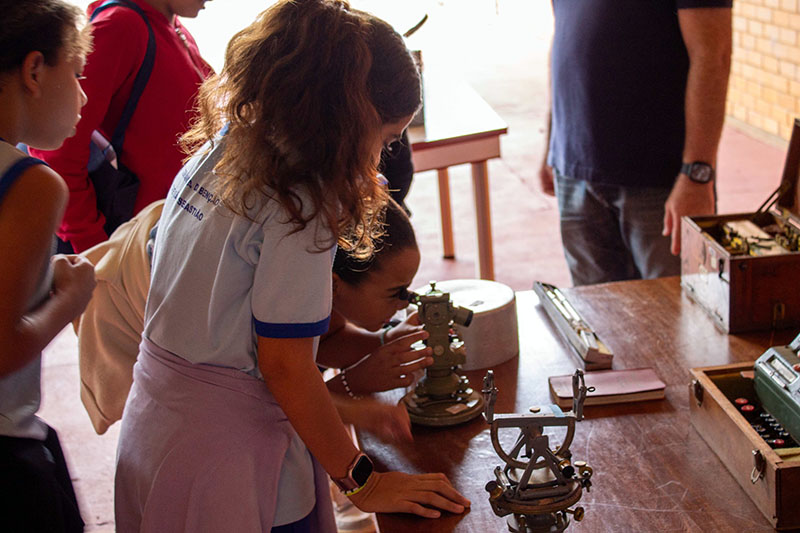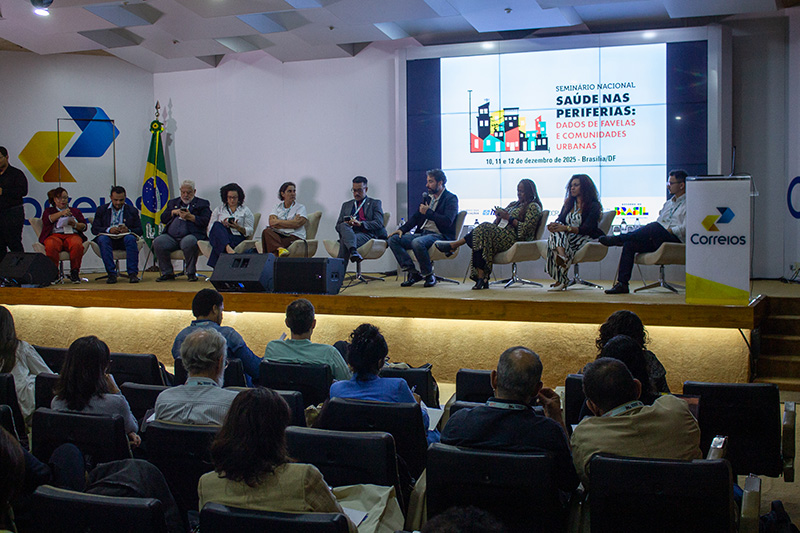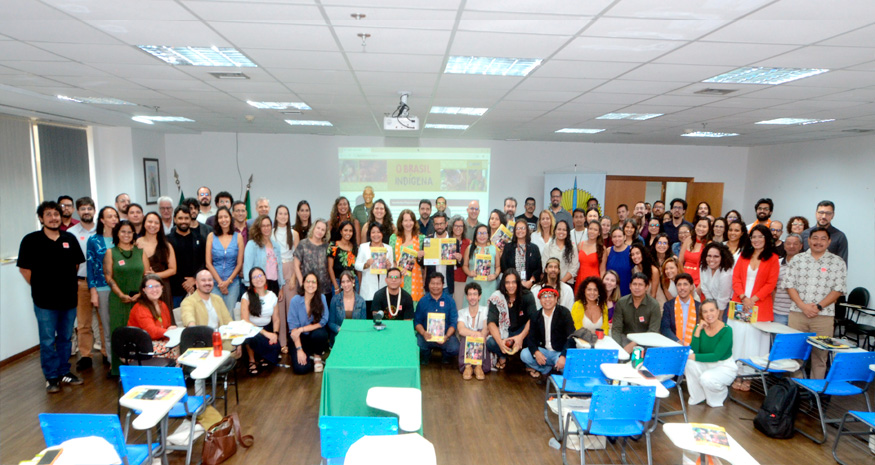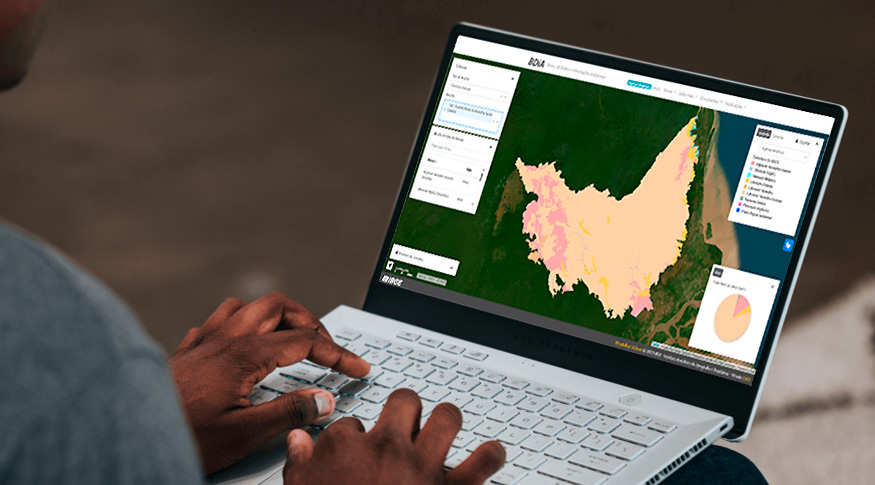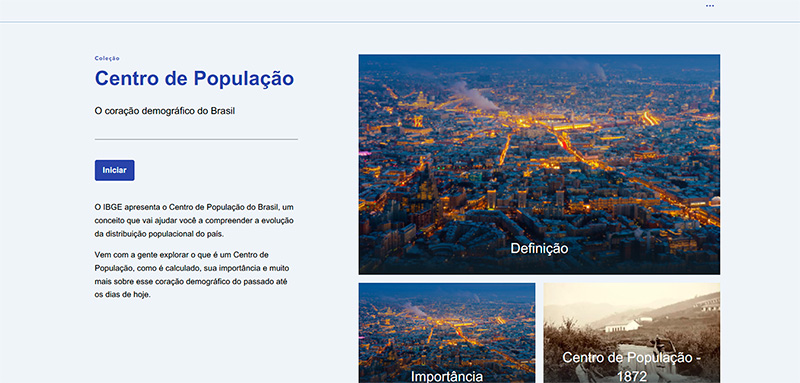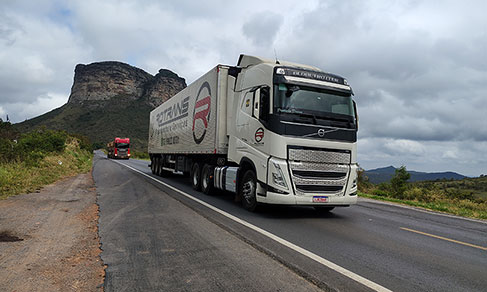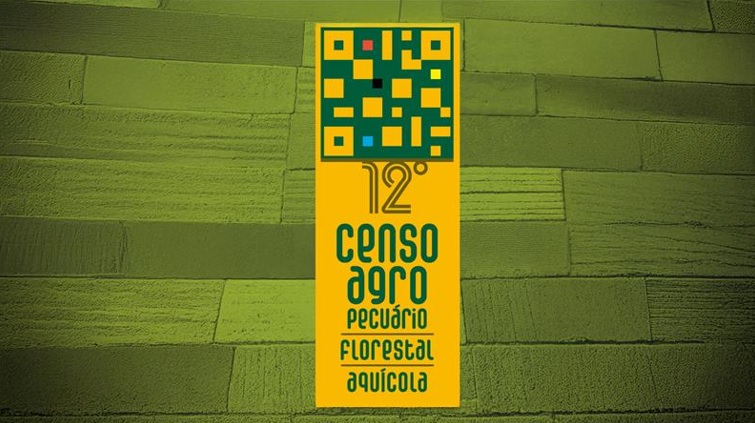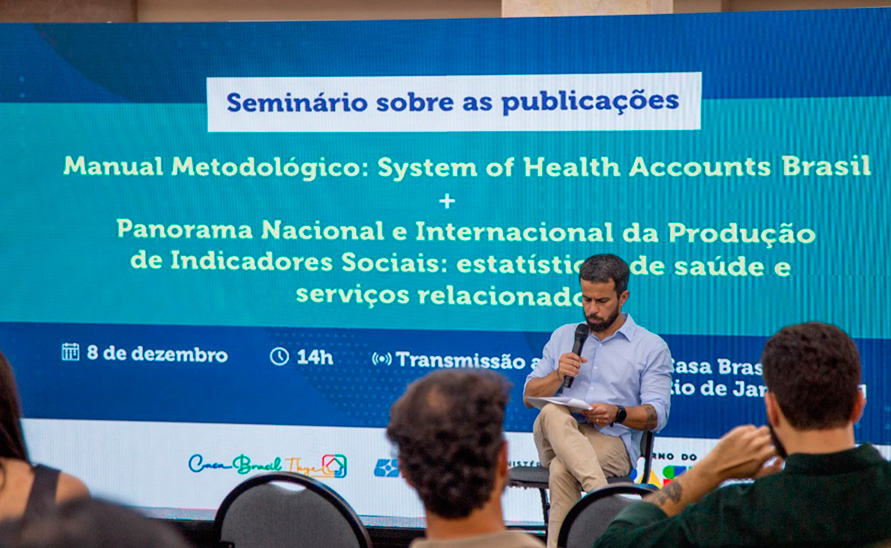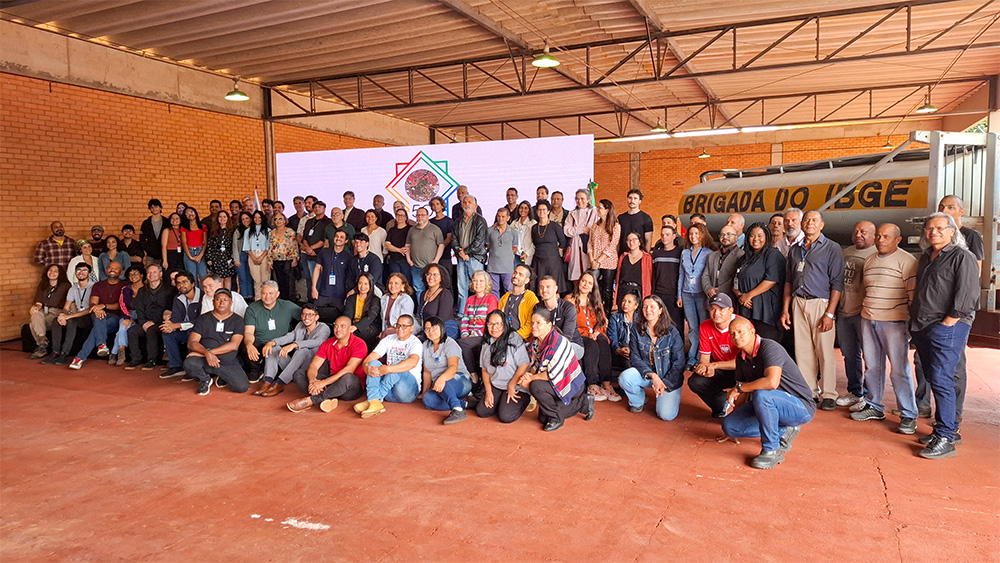2022 Census
In Rio, IBGE releases 2022 census results for labor, earnings and commuting
October 09, 2025 05h11 PM | Last Updated: October 11, 2025 06h53 PM
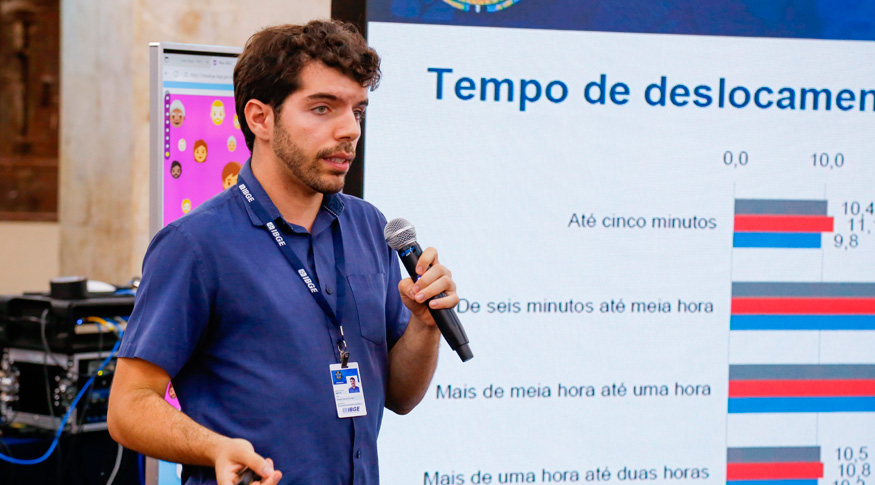
The Brazilian Institute of Geography and Statistics (IBGE) released the preliminary results of the 2022 Population Census at 10 am, in Rio de Janeiro, RJ, this Thursday. The event was streamed on the IBGE website, through the IBGE Digital channel, and can be watched here.
The public press conference was attended by the Director of Surveys, Gustavo Junger; the Deputy Director of Geosciences, Gustavo Cayres; the Population Census Planning Manager, Bruno Perez; the Household Sample Surveys Coordinator, Adriana Beringuy, as well as other managers, staff members, and guests.
At the beginning of the event, Daniel Castro, General Coordinator of Documentation and Dissemination, extended two invitations to the audience and those watching the public press conference via Digital IBGE: the opening, next Monday (October 13th), at Casa Brasil IBGE (RJ), of the exhibition of the winning works of the International Statistical Poster Competition, promoted by the IBGE and which had the participation of more than 100 schools.
The other invitation extended by the general coordinator was for registration, available at the IBGE shop, for the National Conference of Data Producers and Users (CONFEST/CONFEGE), which will bring together, from December 3rd to 5th, 2025, in Salvador, data producers and users from Brazil and abroad.
Director of Surveys Gustavo Junger thanked the teams from the Surveys and Geosciences Directorates, who participated in the dissemination, as well as the superintendencies and census teams responsible for collecting the 2022 Census data. "The 2022 Census was challenging, but we are now in the final stages of dissemination," Junger celebrated.
The Director of Surveys explained that the research topic has been investigated since 1872, having been revived in the 1940 Census, now under the supervision of the IBGE. In more recent censuses, it has been structured according to the ILO's international recommendations, allowing for international comparability.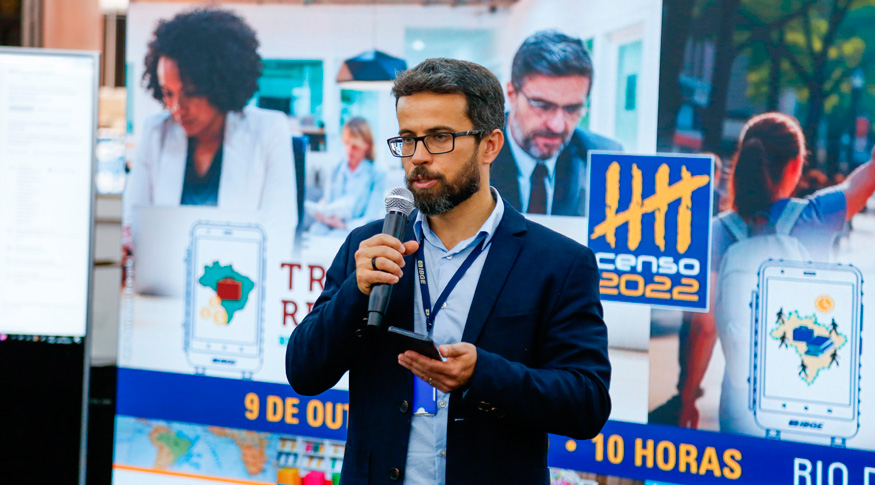 Gustavo Junger,director of Surveys, thanked the Surveys and Geosciences teams that took participated in the dissemination - Photo: Thiago Antunes
Gustavo Junger,director of Surveys, thanked the Surveys and Geosciences teams that took participated in the dissemination - Photo: Thiago Antunes
According to Junger, the topic of income was introduced in 1890 and returned in the 1960 Census, taking on the current scope in 1980, when information on other sources of income—such as retirement pensions, rent, and donations—started to be included. These sources remained in the questionnaires, enabling the production of inequality indicators and the distribution of the Brazilian population's total income. "The evolution and improvement of the questions on work and income throughout the Census ultimately reflected the complexity of economic and social relations in Brazil," Junger emphasized.
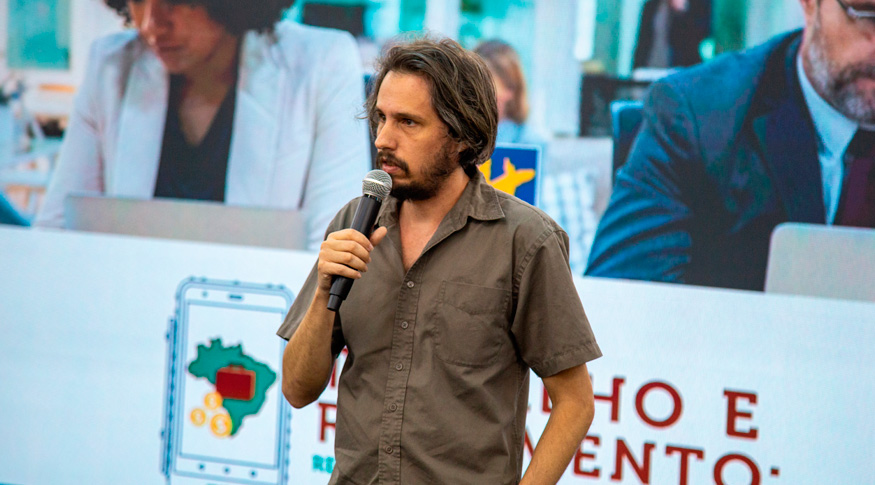
Census Planning Manager Bruno Perez observed that, within the Census, labor and income is one of the most complex topics, regarding both concepts and data processing, as it encompasses more detailed variables. The manager stated that the stage of information processing and provision required considerable effort from the team.
"The IBGE has sample surveys on these topics, but the Census offers a variety of information in the form of geographic segments that we are unable to provide in the cyclical surveys—for example, data by municipalities and other substate segments, by occupations and activities that we are unable to make available in the sample surveys," Perez highlighted.
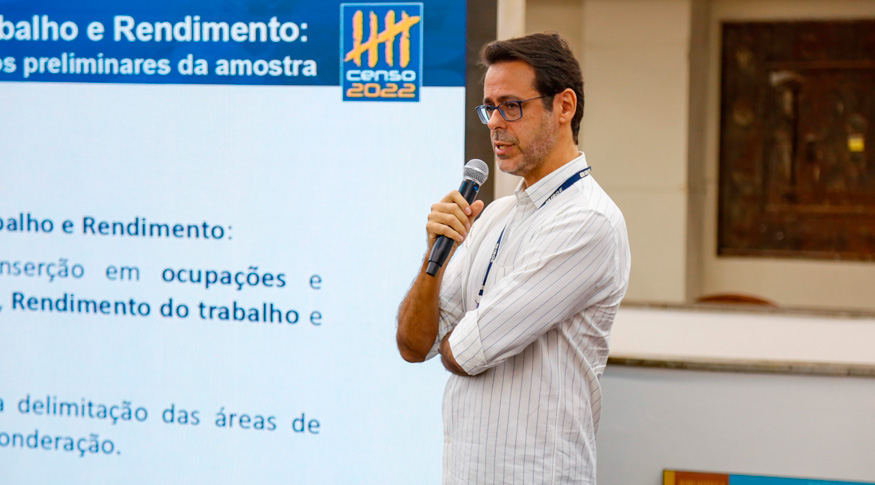
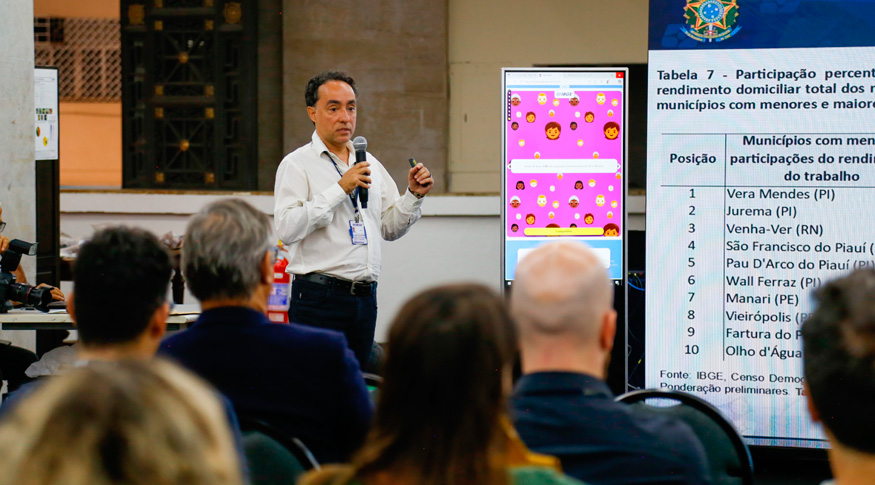
The Deputy Director of Geosciences, Gustavo Cayres, also thanked the teams involved in producing the publication, extending his gratitude to the professionals who collected the information. According to him, this publication addresses a topic that is deeply affected by the context of Covid-19 and invites us to reflect upon the transformations society has experienced since then.
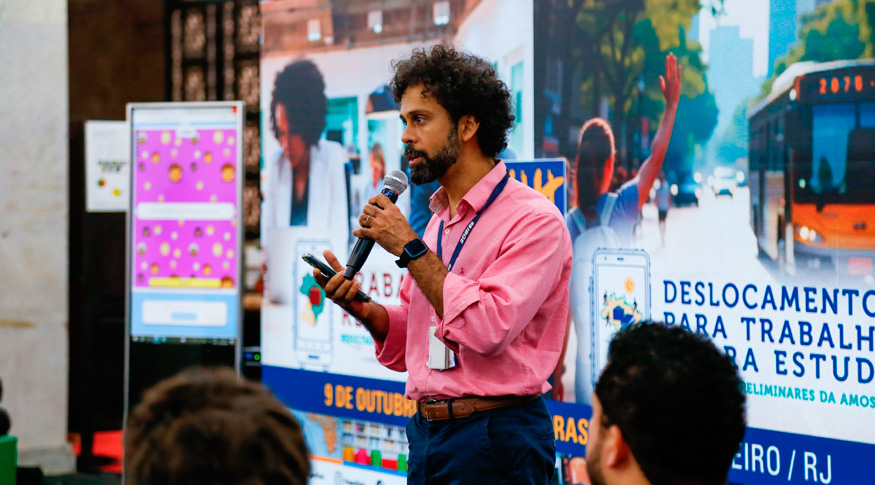
"The amount of commuting we have on a daily basis is very relevant to the dynamics of each of our lives and to the population's quality of living. It's how much I spend and how much I wear myself out in my daily commutes. And with an increasingly urban population, we are more affected by this daily mobility process," Cayres explained.
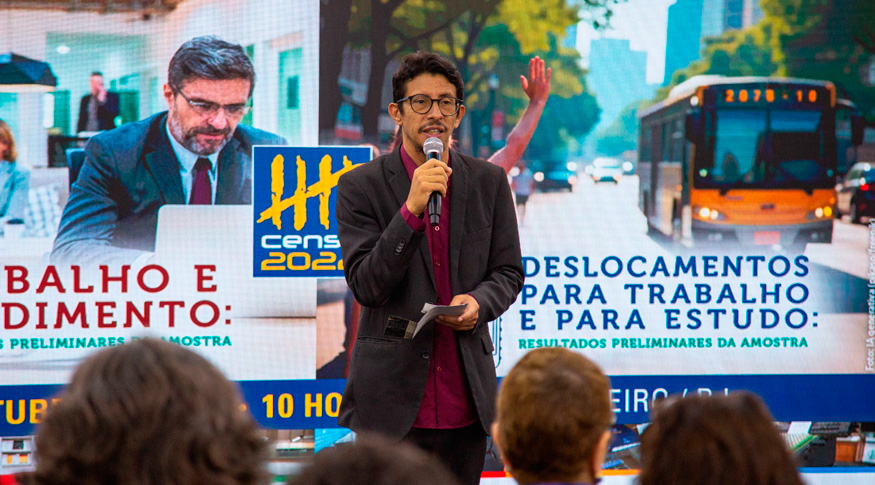
The results can be accessed on the IBGE portal and on platforms such as the IBGE System of Automatic Retrieval (SIDRA) and the Census Overview. Indicators of commuting to educational institutions are detailed for Brazil, Major Regions, Federation Units, Urban Concentrations, Intermediate Geographic Regions, Immediate Geographic Regions, and Municipalities, and are also disaggregated by race, income, gender, and level of education. The same disaggregations, at the same territorial levels, are presented for work-related commuting.
